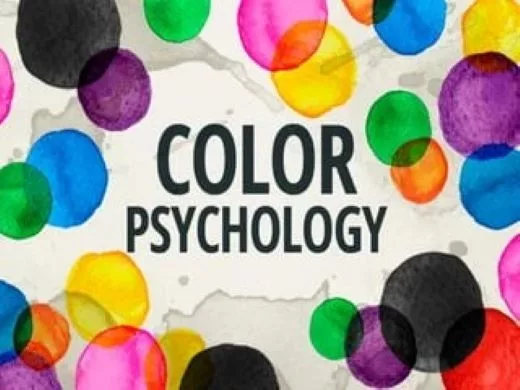Colours play an important role in human psychology. Read to know how.

Colours play an important role in human psychology. Read to know how.
By: Pune Pulse
December 20, 2023
Colours can have a profound impact on human psychology, influencing emotions, moods, and behaviours. Different colours evoke distinct feelings and responses.
Here’s how colours can influence humans psychologically and can be used to influence consumer behaviour:
1. Red: Energetic and Stimulating.
Red is associated with passion, energy, and excitement. It can raise heart rates and create a sense of urgency. It’s often used to grab attention and convey intensity.
2. Blue: Calm and Trustworthy.
Blue is linked to calmness, trust, and reliability. It can have a soothing effect and is often associated with stability and professionalism.
3. Yellow: Energetic and Optimistic.
Yellow is associated with energy, warmth, and optimism. It can uplift moods and stimulate creativity. However, excessive yellow may lead to feelings of anxiety.
4. Green: Balancing and Refreshing.
Green is often associated with nature, balance, and tranquility. It has a calming effect and is linked to growth and renewal.
5. Purple: Royalty and Luxury.
Purple is often associated with luxury, sophistication, and creativity. It can evoke a sense of mystery and is sometimes linked to spiritual elements.
6. Orange: Vibrant and Friendly.
Orange is energetic, vibrant, and associated with warmth and friendliness. It can create a sense of enthusiasm and excitement.
7. Pink: Calming and Gentle.
Pink is often associated with feelings of calmness, sweetness, and nurturing. It’s considered a gentle colour and is often associated with romance.
8. Brown: Earthy and Reliable.
Brown is associated with stability, reliability, and a connection to the Earth. It can convey a sense of warmth and dependability.
9. Black: Elegant and Powerful.
Black is often associated with sophistication, formality, and power. It can evoke a sense of mystery but may also be associated with sadness.
10. White: Clean and Pure.
White is associated with purity, cleanliness, and simplicity. It can create a sense of openness and is often used in minimalist design.
11. Gray: Neutral and Conservative.
Gray is often seen as a neutral colour associated with practicality and conservatism. It can evoke a sense of calm and balance.
12. Gold: Luxury and Success.
Gold is associated with wealth, success, and luxury. It can convey a sense of opulence and achievement.
Understanding colour psychology is essential in various fields, including marketing, design, and branding, as it can influence consumer perceptions, purchasing decisions, and overall user experiences.
It’s important to note that individual experiences and cultural backgrounds can also shape the psychological impact of colours.
Knowledge of colour psychology and the cultural context behind colours allows marketers to leverage colours strategically in their campaigns, creating a powerful visual impact that resonates with their target audience and reinforces their brand message.
Companies often use specific colours consistently in their logos, packaging, and marketing materials. This helps in creating a strong and recognizable brand identity. For example, Coca-Cola’s use of red creates a bold and memorable brand presence. Blue is a popular choice for banks.









